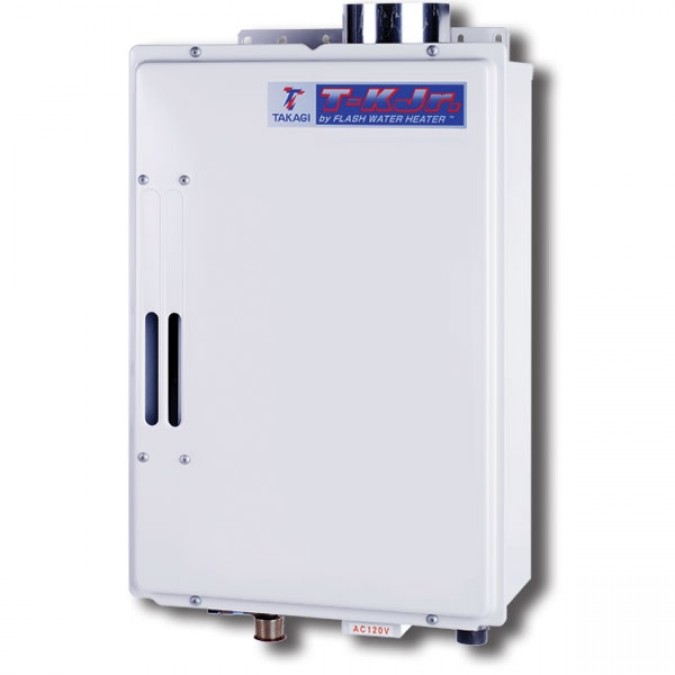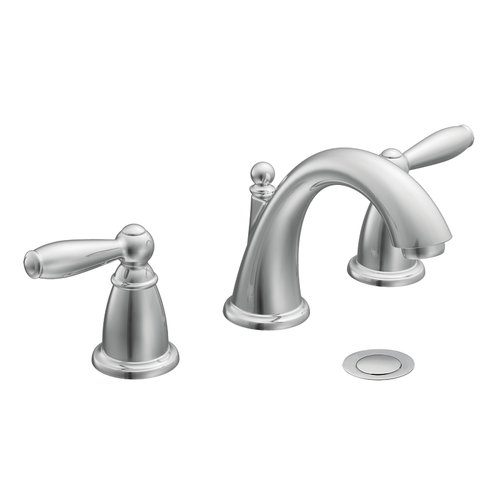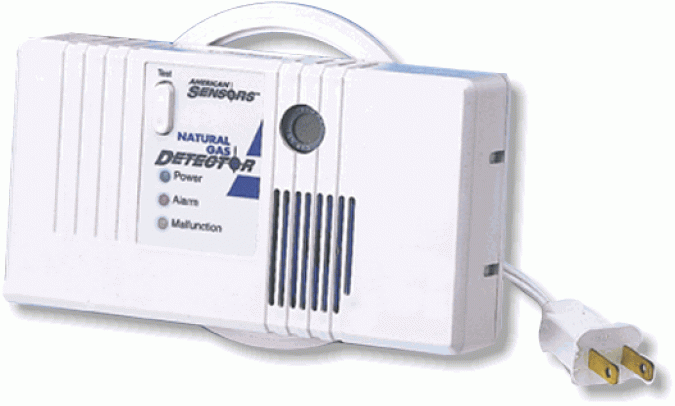Archive for the ‘Natural Gas’ tag
Dual on demand water heaters for redundancy and extreme efficiency
On my bus conversion I plan to have two propane water heaters. These will be low flow on demand models that can heat up to 1.6 gallons per minute. That’s plenty in a vehicle where water should be carefully conserved.
There are two main styles of on demand water heaters in this low flow category.
The first style is vented to the outside via a chimney, just like most on demand and tank style gas water heaters.
The second style, so called vent free, is not vented to the outside. This means all the combustion gasses stay inside, just like when you use an unvented gas fireplace or a Mr. Heater Buddy space heater.
The vent free propane water heaters cost slightly more than conventional vented on demand water heaters. Presumably the extra expense is to pay for the safety features not found on the vented models. The ventfree water heaters have a low oxygen sensor that will shut off the gas flow if there is insufficient oxygen for proper combustion. Improper combustion can produce more deadly carbon monoxide gas, which can kill you if it builds in concentration.
I am happy to pay more for safety. I already have a carbon monoxide detector on board since I use a Mr. Heater Buddy heater while I continue the build out of the interior. That heater also has a low oxygen sensor like the unvented water heater.
About a week ago I had what I think is a bright idea:
Install both vented and unvented water heaters routinely in all buildings that offer hot water to their users.
The reason this is a good idea is that both types of water heaters transfer only a portion of the heat they produce to the water passing through them. The rest of the heat either goes up the chimney or into the room depending on if the heater is vented or vent free.
When it’s cold enough outside that heat is required indoors, then it would be wise to use the vent free on demand water heater. Part of the heat will heat the water, and all the remaining heat will be deposited into the living quarters with the same 99%+ efficiency as if the gas were burned in an vent free fireplace.
When it’s warm enough outside that air conditioning is required indoors, then it would be wise to use the vented on demand water heater. Part of the heat will heat the water, and most of the rest of the heat will be sent up the chimney and out of the air conditioned space, saving electricity that would otherwise be needed to remove the surplus heat from a vent free water heater.
This could be complicated to set up and control, but not if one does the following small amount of extra work.
Run separate hot water lines from each water heater to the fixtures. Under the counter where the faucet valves are, install a three way valve before the hot water faucet valve.
Buy two faucets, and make sure they are the kind where you drill three holes in the counter top and mount three separate parts into their respective holes. Such faucets are called widespread faucets.
You’ll want two faucets because you will need nice looking matching knobs for my system. You’ll need to modify the second hot water valve and handle so that the part that’s above the counter line is unchanged, but the part that’s below the counter line will be mated to the three way valve I specified above.
This extra knob will control which on demand water heater is used when you turn on the hot water. If you set the three way valve to position A, then the vented water heater will be used and the vent free heater will stay off. If you set the three valve to position B, then the vented water heater will stay off and the vent free heater will be used.
If you need a greater amount of hot water, you could put the three way valve in its middle position, which would cause both water heaters to be used simultaneously.
This proposed system gives built in redundancy in case one heater fails.
Such a system would work for houses and offices as well, with a big benefit for water savings. Vent free water heaters only deliver 1.6 gallons of water per minute, so this would limit how much hot water a user can waste. If users insist on mimicing the flow of a normal tank style water heater, more than one 1.6 gallon per minute vent free water heater could be installed in parallel such that they would all start when the hot water faucet is turned on. That is provided code permits this, of course.
Both styles of water heater are available in propane and natural gas versions, so what I suggest here can be applied to all manner of installations, providing of course that building codes where you are permit such a system. Here’s a natural gas traditionally vented model that at the time of this writing sells for USD $175.99.
I care about such efficiency because I am building my bus conversion to be a model of efficiency. For example, I am installing triple pane windows with steel insulated window shades, for a total of 5 unbroken surfaces separating the indoors from the outside when the shades are drawn at night. I am also installing 8 inches of foam insulation on the roof, for an R rating of almost 60. I am hoping to be able to heat and cool the interior just with solar energy. I will have the propane water heaters on board for use when it’s too cloudy to warm enough water with the rooftop solar hot water collectors I plan to build.
Smoke detectors should send activation warnings via text messages via Wi-Fi
Technology to connect to the Internet via Wi-Fi networks is small and inexpensive. Mobile phones and even camera memory cards accomplish this task.
I have an idea of how to use this technology to improve safety.
Combine a smoke/carbon monoxide detector with Wi-Fi circuitry so that when the detector activates text messages can be sent to people and entities that should be alerted.
There are already ‘Wi-Fi smoke detectors’ for sale, as a quick search will reveal. But these detectors are not for detecting smoke, but for covert video recording of a room. These products demonstrate that it’s easy to put a Wi-Fi transmitter into a smoke detector case.
The best of all worlds would be to combine an actual smoke/carbon monoxide detector with a video camera so that when the detector activates that a text message can be sent that includes a link so the message recipient can sign in to a webpage to observe the room the detector is located in. In this way, false alarms can potentially be identified from afar.
Current video fake smoke detectors cost a lot, but that’s because they are made in tiny volume. I bet a combination smoke, carbon monoxide, video Wi-Fi detector could sell for under USD $100 if they were required by building codes.
Finally, I think it’s time to add another feature to smoke/carbon monoxide detectors. I think detectors should also sense unburned gas such as natural gas and propane. For reasons I can’t understand, modern gas stoves don’t stop the flow of gas if there is no flame, so it’s possible to fill the house with gas without warning, other than the bad smell. Smell based warnings do no good for sleeping occupants. Gas detectors typically need more than a 9 volt battery to operate, so gas detectors usually are plugged into AC power. I think that’s fine, provided there is a battery backup to carry through power outages.
I would certainly pay USD $200 per detector for a gas/smoke/carbon monoxide/Wi-Fi/Video detector.
Would you?



